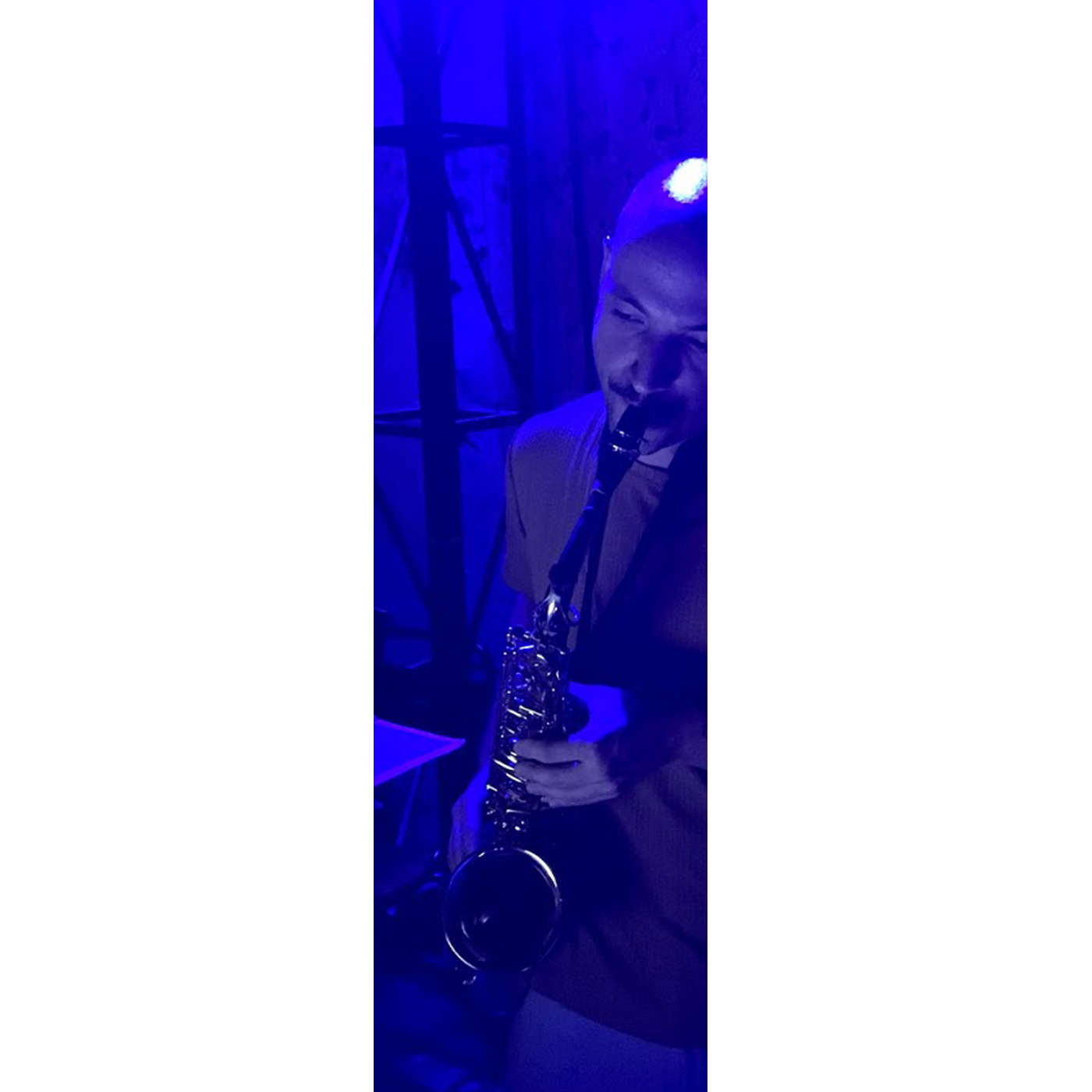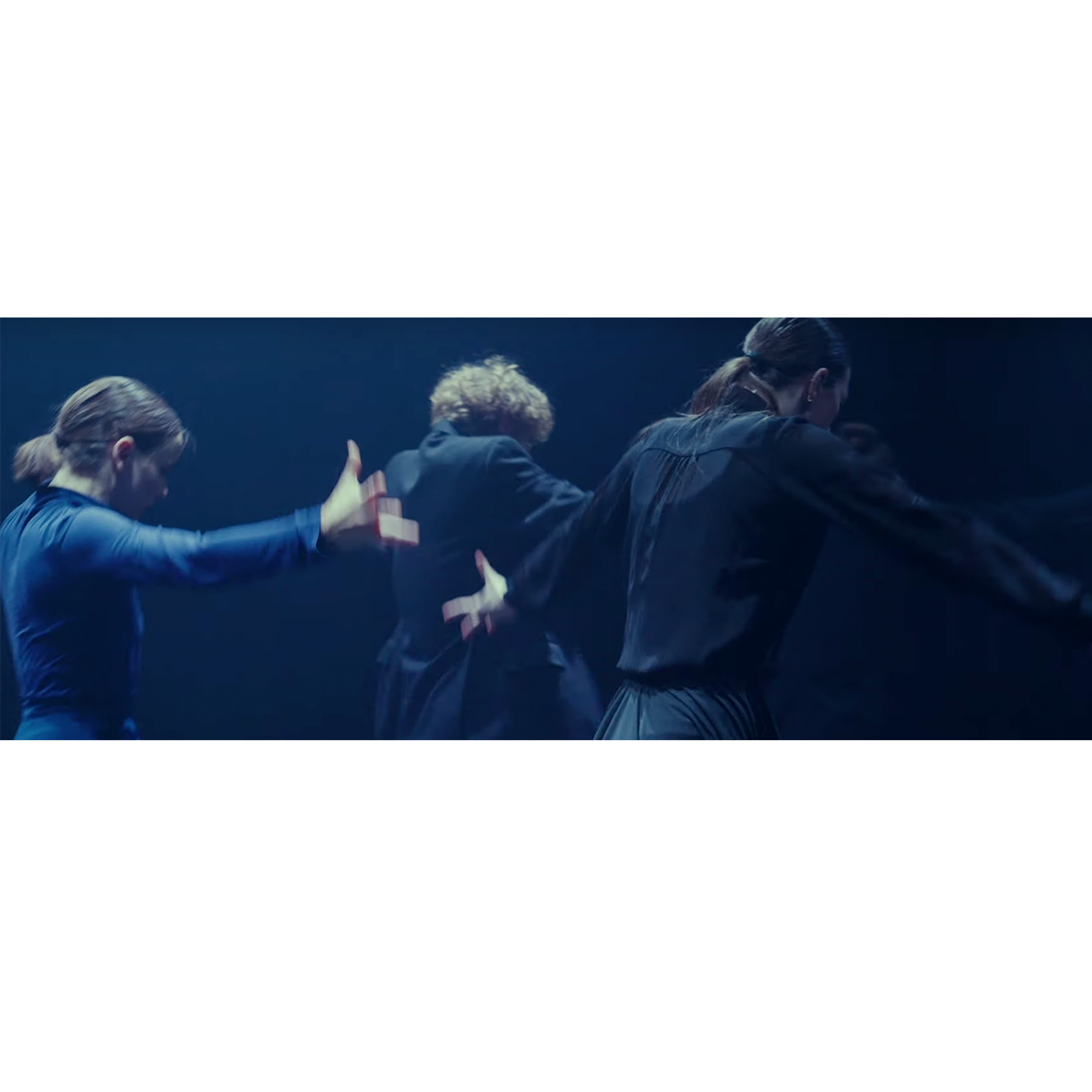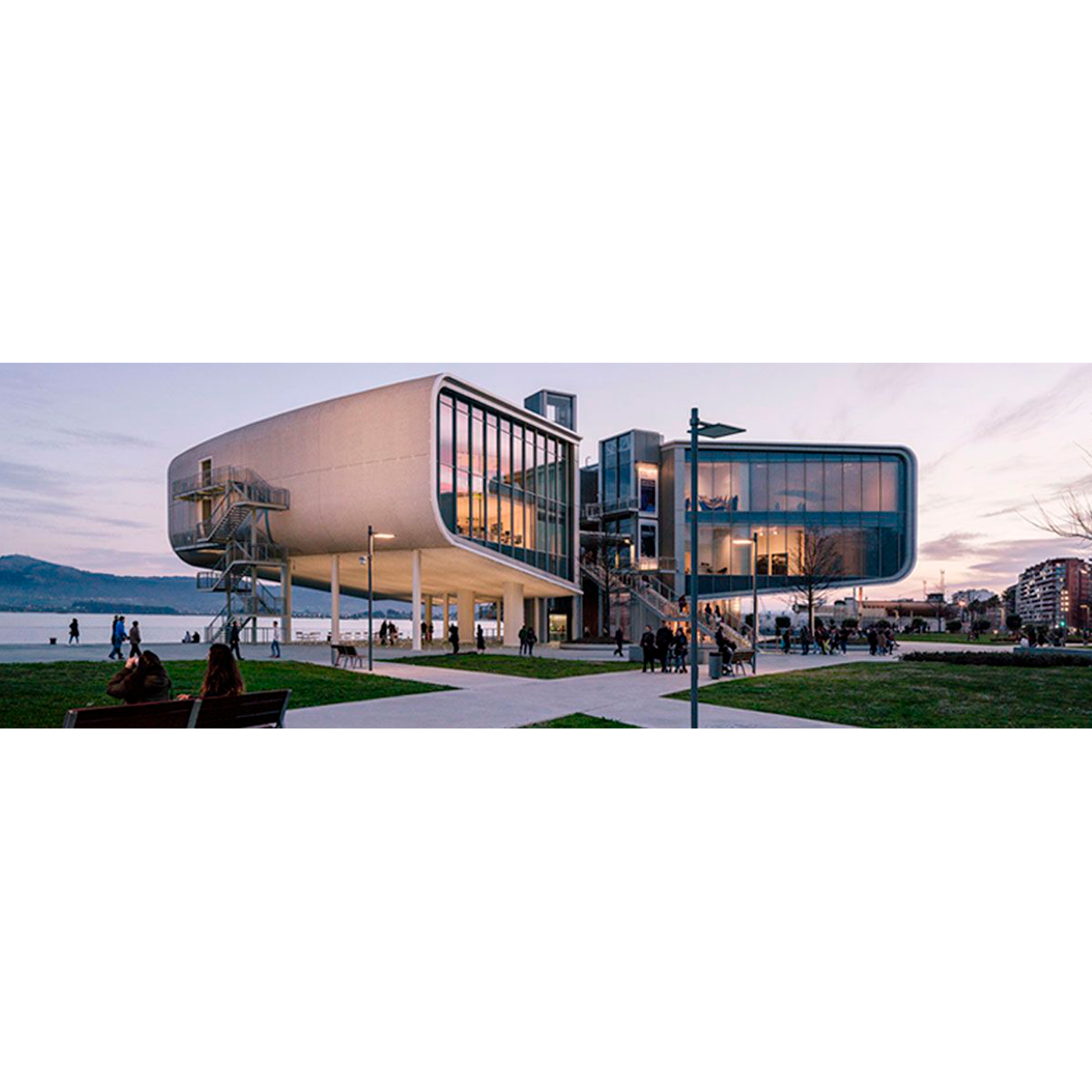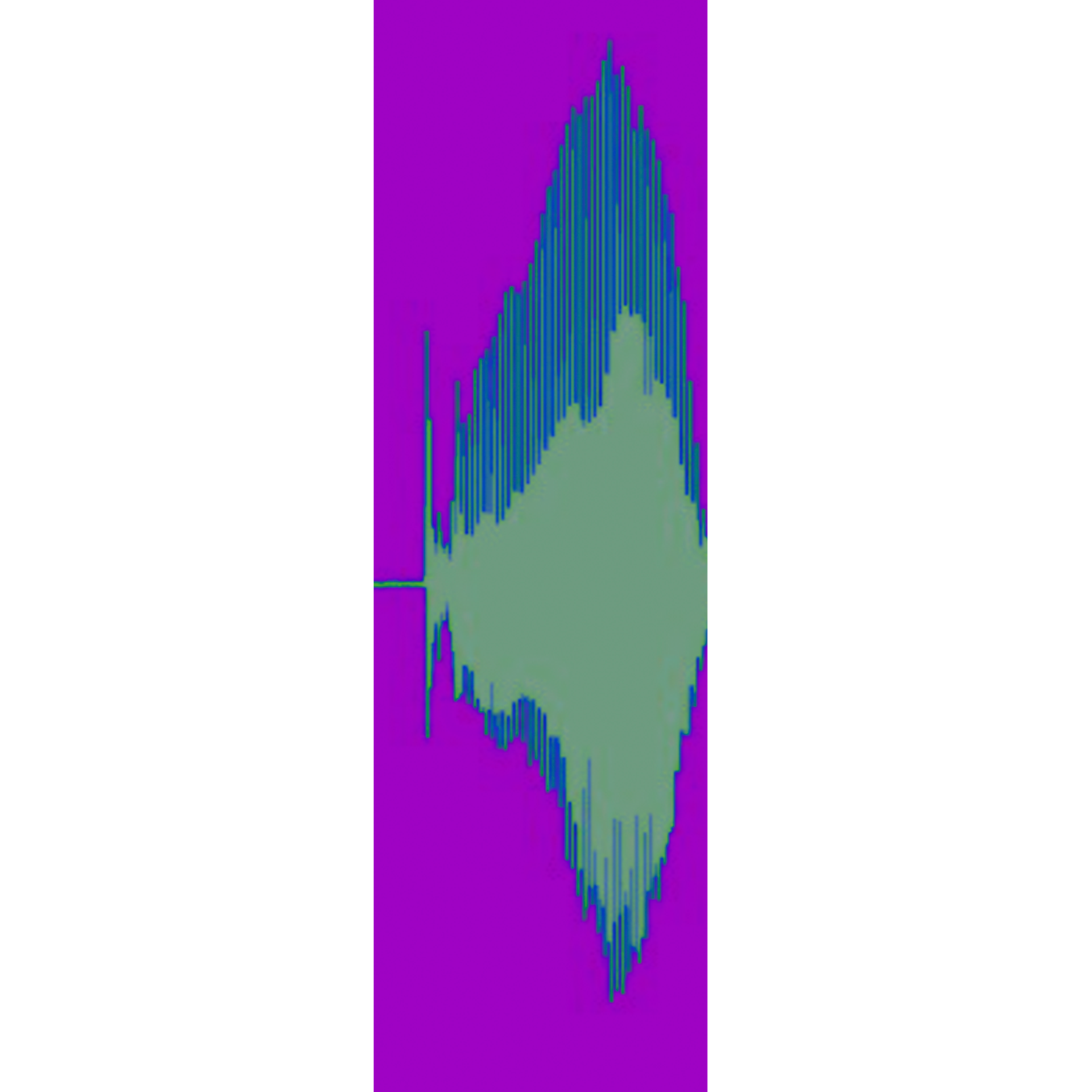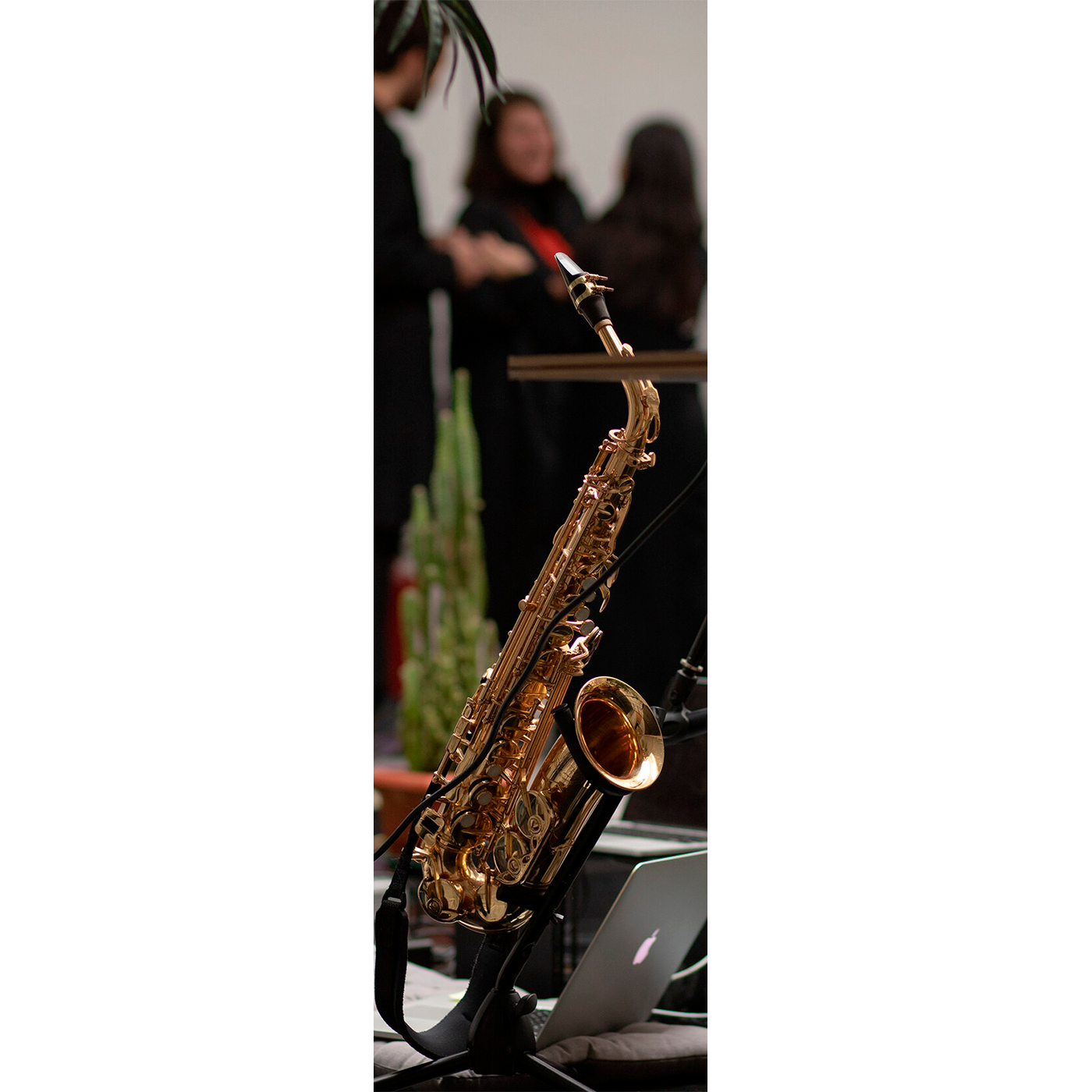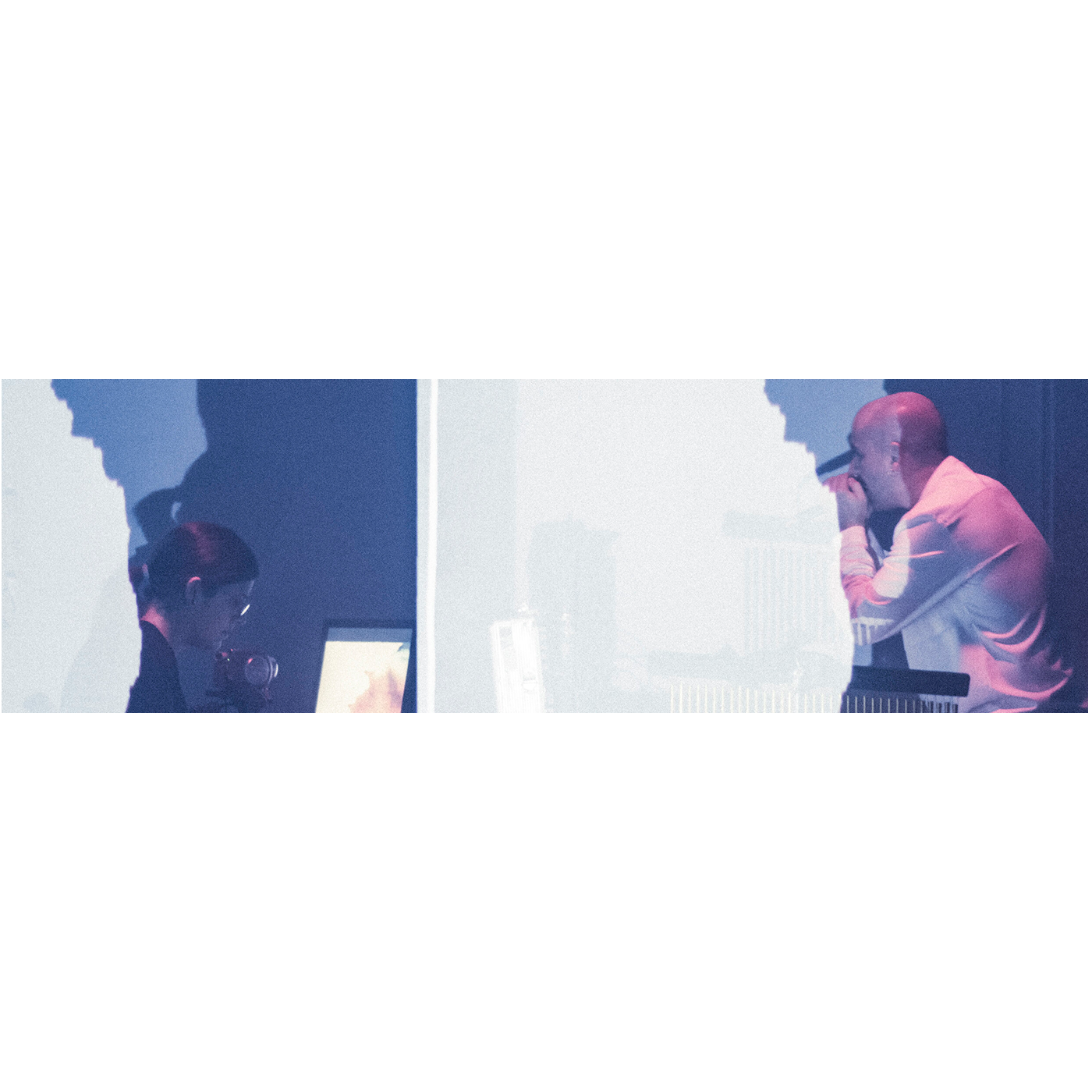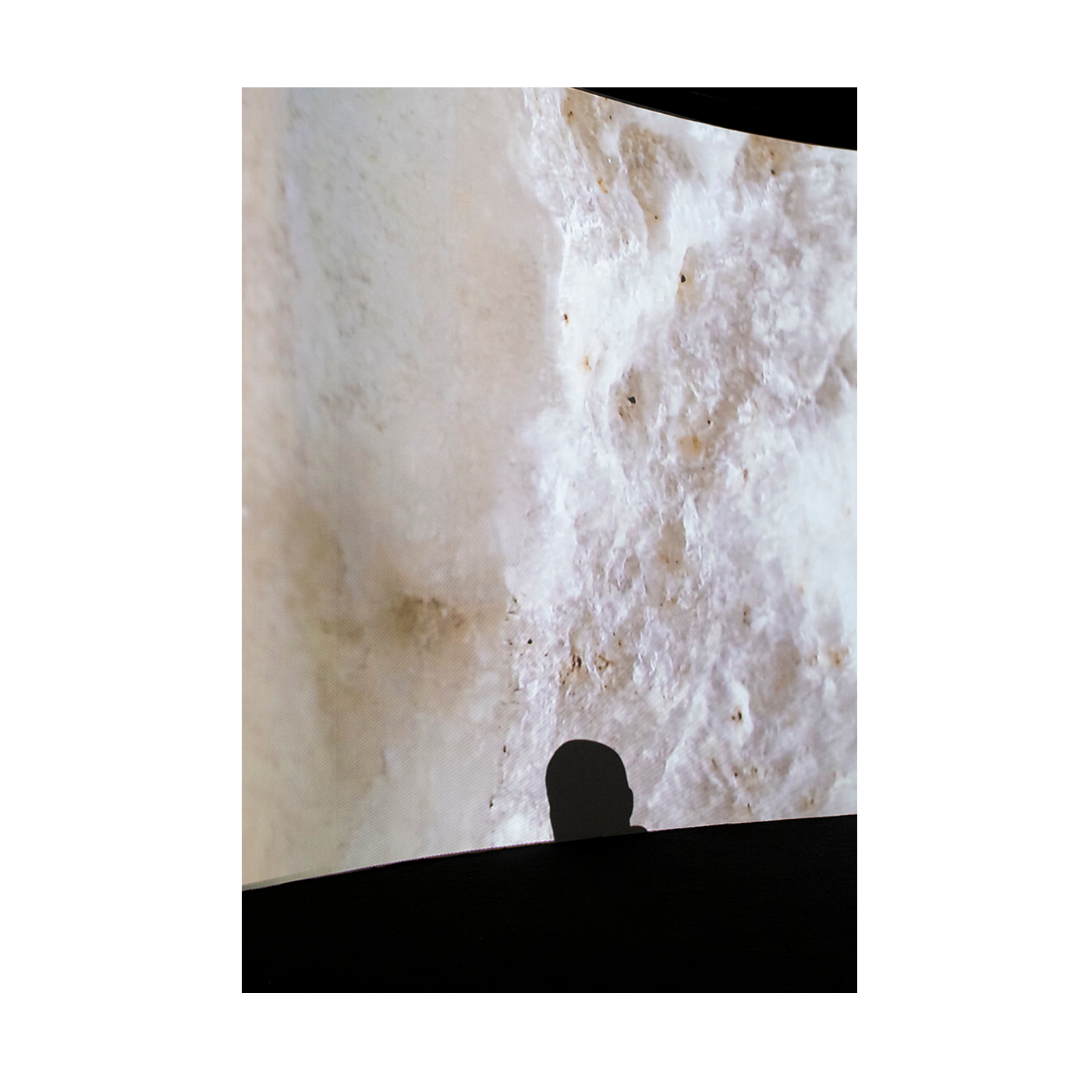Concerto Para Plantas
Cassette, digital.
Label: Crystal Mine
Year: 2020


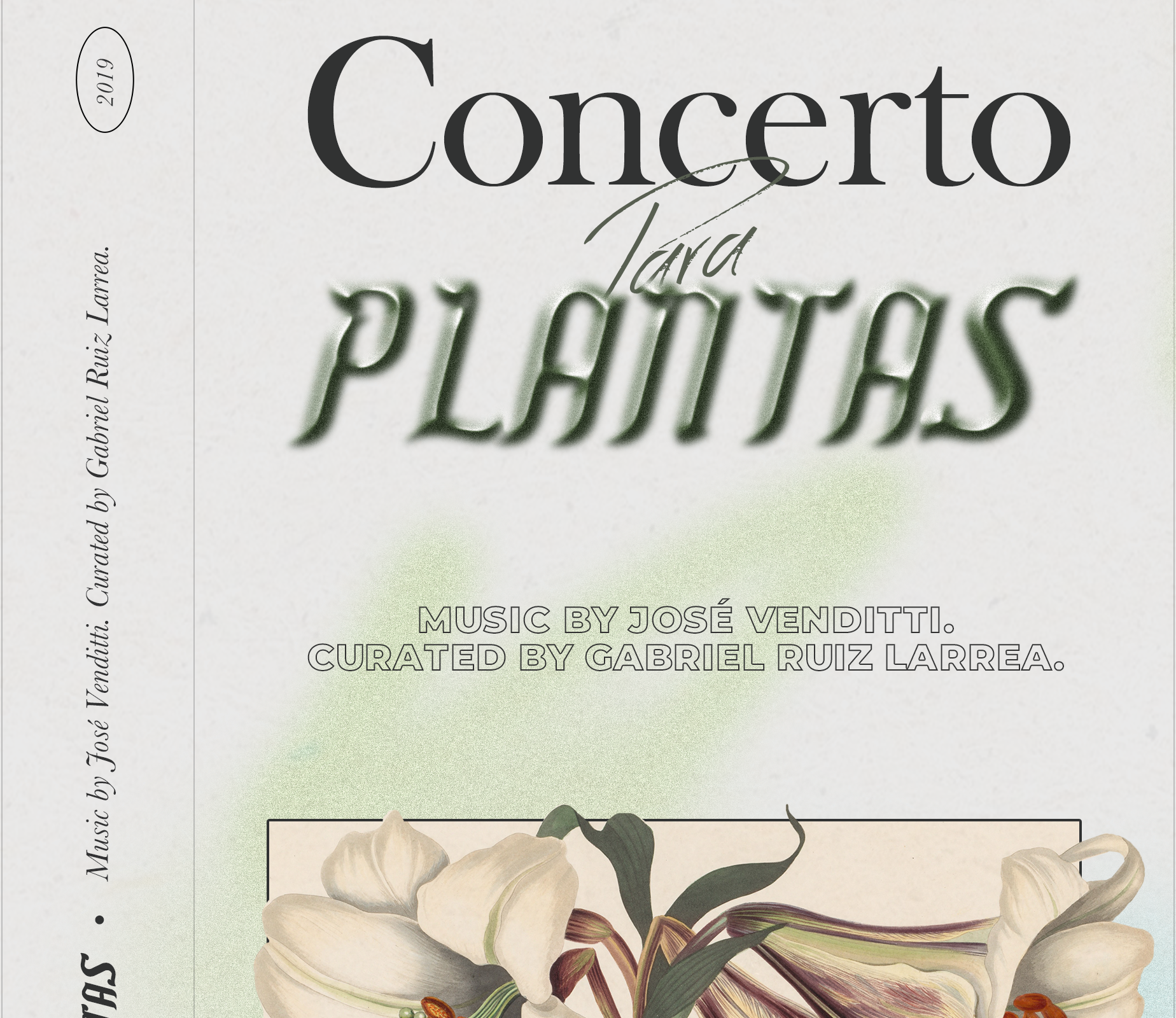

(EN) Can plants listen? Can we translate our words into sound stimuli that they can perceive? Can art become a parliament from which to experience new multispecies and coexistence languages?
Since the 70s, different artists and scientists have speculated about the ability of plants to perceive certain vibrations and sound frequencies and react to them. The book "The Secret Life of Plants" by Peter Tompkins and Christopher Bird, published in 1973, was the activator of new theoretical and artistic works in this direction, and in 1976 Mort Garson created Plantasia, the first album composed with electronic synthesizers designed to be heard by plants and humans.
Since then, new studies have emerged, trying to understand and determine which frequencies stimulate plants, and what physiological responses can be activated.
At the same time, contemporary thinking has been drawing a new theoretical framework from which to investigate a new relationship with nature, one that abandons the anthropocentric approach displacing humans from the center of the experience in order to generate new postnatural relationships.
The "Concerto for plants" performed on November 24 at the Institute of Postnatural Studies by José Venditti, is a concert between composition and free improvisation for modular synthesizer, saxophone, and field recordings worked emphasizing these frequency ranges that affect the plants positively in their growth.
(SP) ¿Pueden las plantas escuchar? ¿Podemos traducir nuestras palabras en estímulos que sean percibidos por ellas? ¿Puede el arte convertirse en un nuevo parlamento desde donde experimentar lenguajes multiespecie y de coexistencia?
Desde los años 70, se ha especulado sobre la habilidad de las plantas de percibir determinadas vibraciones y frecuencias sonoras y reaccionar a ellas. El libro “La vida secreta de las plantas” de Peter Tompkins y Christopher Bird publicado en 1973 fue el activador de nuevos trabajos teóricos y artísticos sobre la cuestión, y en 1976 Mort Garson’s creó Plantasia, el primer álbum realizado con sintetizadores electrónicos compuesto para ser escuchado por plantas y humanos.
Desde entonces han surgido nuevos estudios que determinan qué frecuencias estimulan de mejor o peor manera a las plantas y qué respuestas fisiológicas provocan en ellas.
Al mismo tiempo, el pensamiento contemporáneo ha ido trazando un nuevo marco teórico desde donde reflexionar una nueva relación con la naturaleza, que se desprenda de la mirada antropocéntrica y que desplace definitivamente del centro al humano para generar nuevos espacios de relaciones.
El “Concerto para plantas” realizado el 24 de noviembre en el Instituto de Estudios Postnaturales por José Venditti, es un concierto entre la composición y libre improvisación para sintetizador modular, saxofón, y grabaciones de campo trabajado enfatizando estos rangos de frecuencias que afectan a las plantas de manera positiva en su crecimiento.
